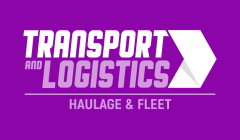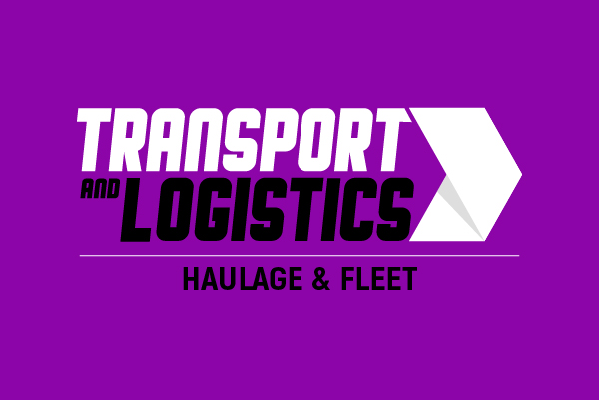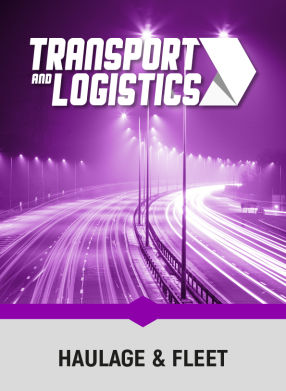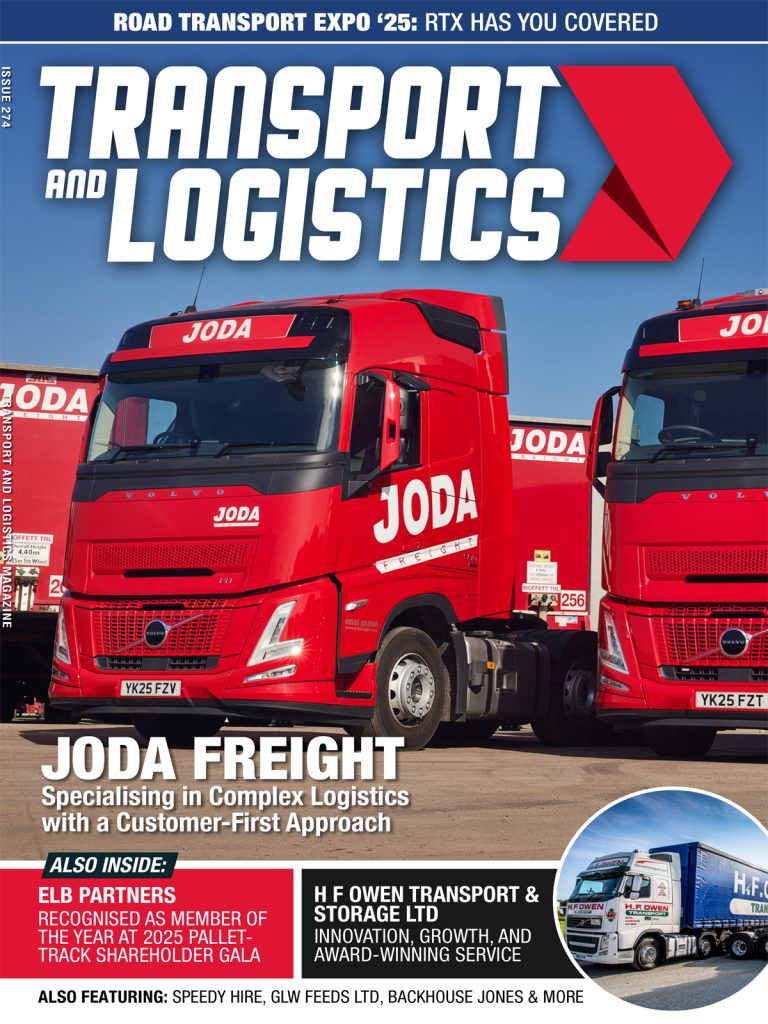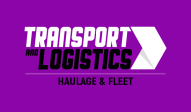The European Parliament has recently voted on how they wish to differentiate the direct vision standard. It has been decided that the relevant vehicles will be organised by vehicle class, which means manufacturers will not need to have all of their fleet conform to one standard as a part of a one-size fits all design to the system.
The differentiation will mean that vehicle manufacturers will be able to adapt cabs to be used in urban areas, ideal for uses such as delivery and recycling lorries. These vehicles can be adapted more radically that cabs for long-haul vehicles, or those that have changes that would be harder to take longer to make. For these larger vehicles, in order to implement the changes that would occur as a part of the new Direct Vision Standard, more development time would be required. For larger vehicles, the implementation of the Direct Vision Standard will require a more extensive use of sensor-based active safety systems, a feature that will have a larger role on these long-haul and larger vehicles that the smaller urban fleet vehicles.
As a part of this vote on the differentiation and finer details of the Direct Vision Standard, the MEPs have also demanded a safer level of front end design standards for heavy-goods vehicles. These improvements will offer a better vision of pedestrians and cyclists in the larger vehicles and therefore improve safety. It has also been recommended that an automatic emergency braking system that is able to detect other road users should be mandatory during the manufacture of new cars, busses and trucks. Another feature that has been suggested is intelligent speed assistance systems that are implemented to help drivers stay within the speed limit, and should also be fitted in all new cars and trucks.
The report that has been published in regards to this vote was initially drafted by MEP Dieter-Lebrecht Koch, and has been endorsed by the full parliament, with near unanimous support obtained.
